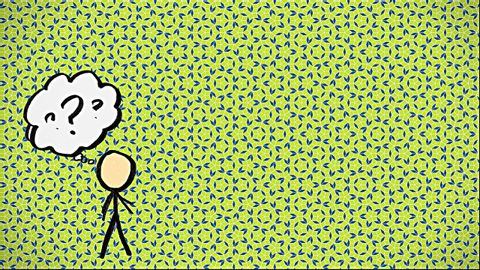為什麼彭羅斯瓷磚從不重複 (Why Penrose Tiles Never Repeat)
 沒有此條件下的單字
沒有此條件下的單字US /ˈslaɪtli/
・
UK /ˈslaɪtli/
- n. (c./u.)範本;典範;圖案;花樣;模式;方式;規律;紙樣
- v.t.仿造;用圖案裝飾
US /ˌrɛpɪˈtɪʃən/
・
UK /ˌrepəˈtɪʃn/
- n. (c./u.)重複;重複;重複;反覆練習;修辭上的重複;(音樂)重複樂段
US /ɪkˈsklusɪv/
・
UK /ɪk'sklu:sɪv/
- adj.獨家;專有的;獨家的;獨家的;獨有的;不包括;排除;互相排斥的
